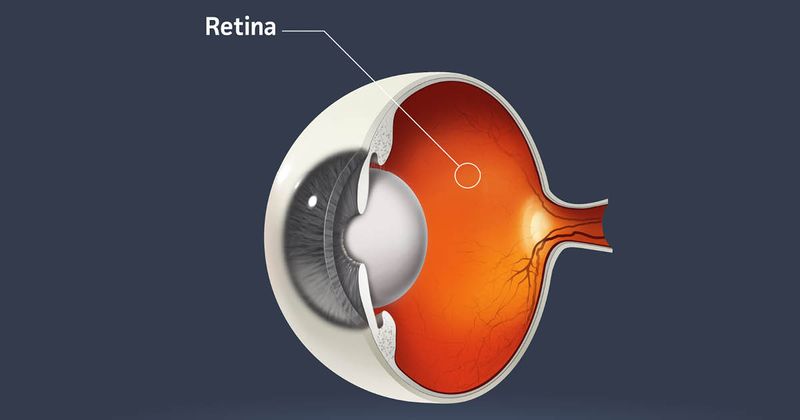AI-supported systems can improve access, outcomes for diabetic retinopathy screening
ROME — Artificial intelligence-based screening systems can be key in making diabetic retinopathy screening more accessible, financially viable and effective in terms of outcomes, according to one specialist at the FLORetina-ICOOR meeting.
“We know what a big economic and clinical burden diabetic retinopathy and diabetes are. We expect by 2030 that worldwide about 400 million patients will have diabetes. And we know that about 85% of these individuals will develop diabetic retinopathy within 20 years,” Majda Hadziahmetovic, MD, said.

Image: Adobe Stock
Health care systems worldwide report a low rate of compliance for regular eye screening among diabetic patients, ranging from 15% to 50%. The burden of additional visits, which requires both a time and monetary investment from the patient, often discourages patients from seeing an eye doctor. More than 60% of patients with a diagnosis of DR do not follow DR screening recommendations, Hadziahmetovic said.
Improving patient capture is the first goal for improving screening efforts for DR.
“If we offered them point-of-service screening at the primary care office or endocrinology clinic, we can improve the capture,” Hadziahmetovic said.
Another useful effort, Hadziahmetovic said, is to focus on value-based care, which emphasizes quality of care over the overall amount of patients treated in the clinic.
“We are looking for reimbursement based on how well we do, and not how many patients we've seen in our clinics, or how much care we deliver,” she said.
If patients are screened at the primary care office or endocrinology clinic and pathology is detected on the spot, AI-based image interpretation can be performed in approximately 30 seconds, Hadziahmetovic explained. This system can help spare the patient the burden of multiple visits.
“We keep the patients within the system and we improve referral rates to ophthalmology,” Hadziahmetovic said. “We'd have more accurate triage and proper referral to the retinal or comprehensive ophthalmologist, depending on the severity of the disease. We want to have the right stage of the disease to go to the right doctor for the appropriate care.”
Reimbursement for service is another important aspect to consider, Hadziahmetovic explained.
“We have amazing FDA-cleared, very accurate, high-sensitivity and high-specificity AI-supported systems that can stage, and some of them classify, DR. That is what the payers in the United States really love. They actually pay the most if you use AI-supported systems for image interpretation,” she said.

